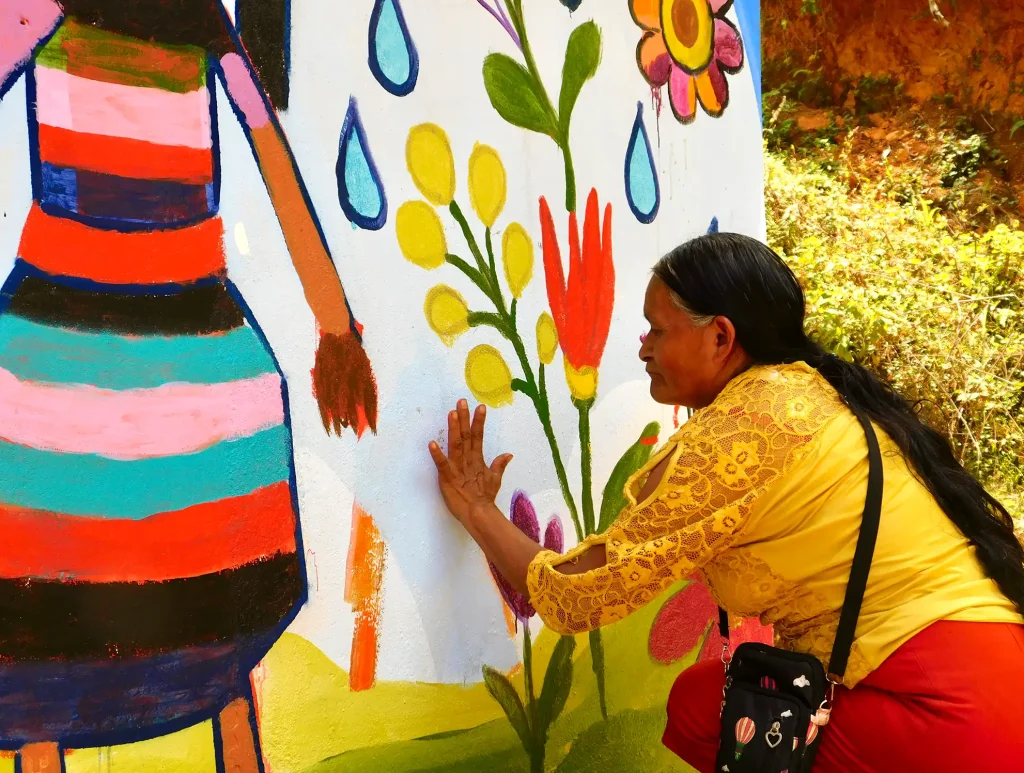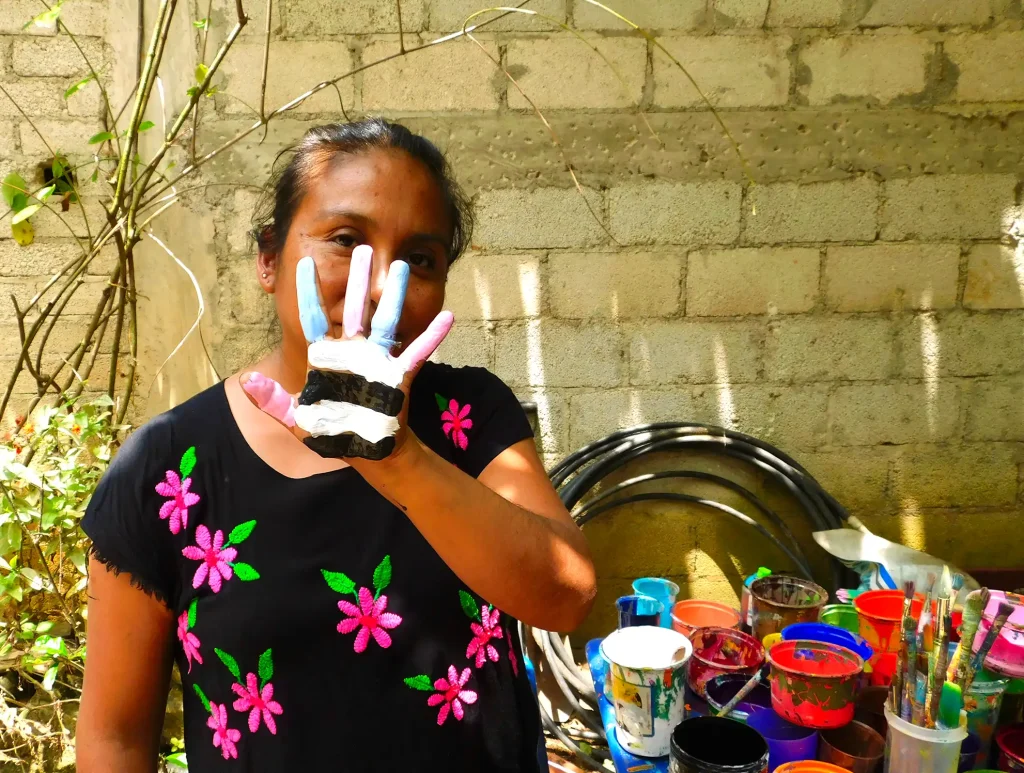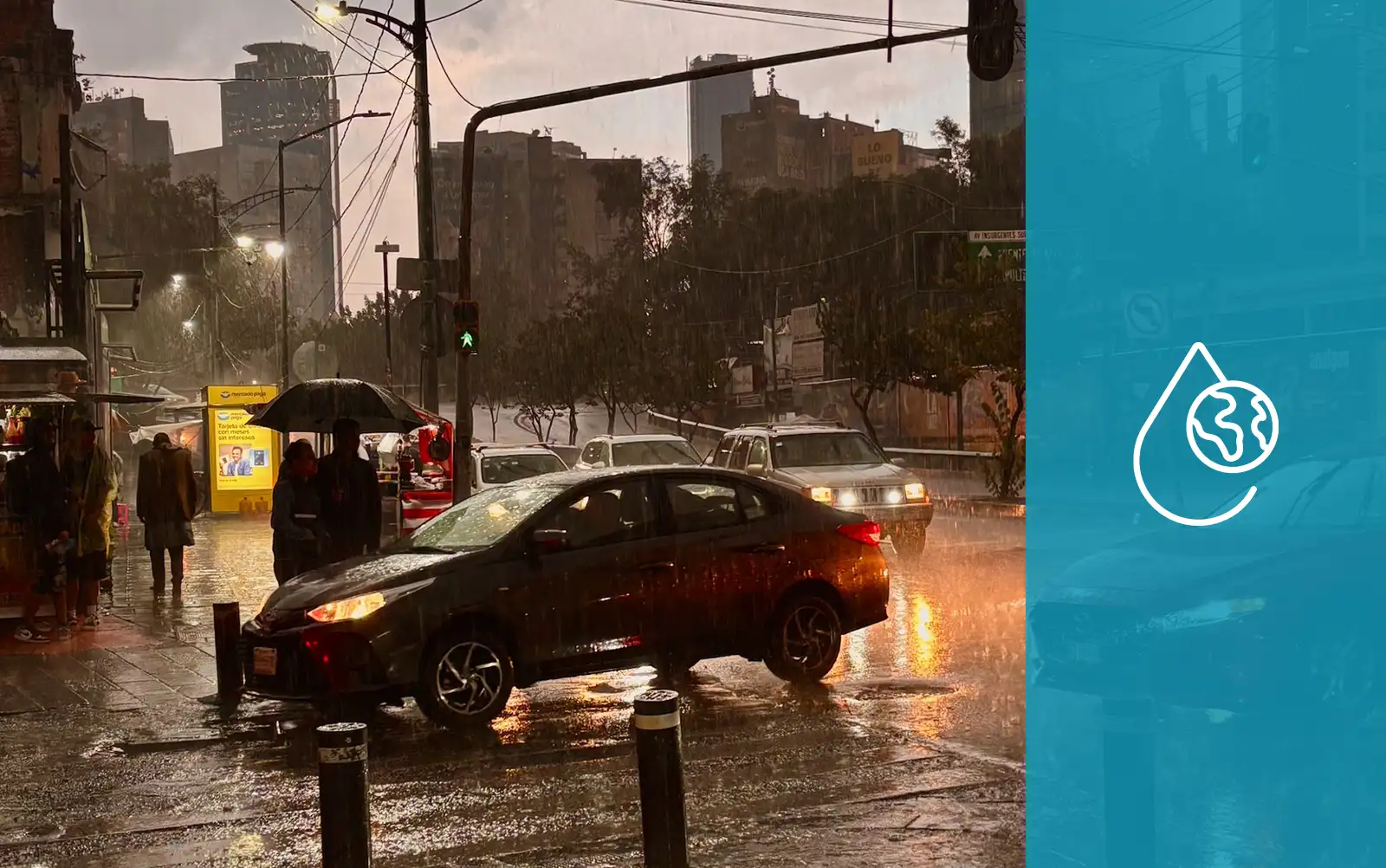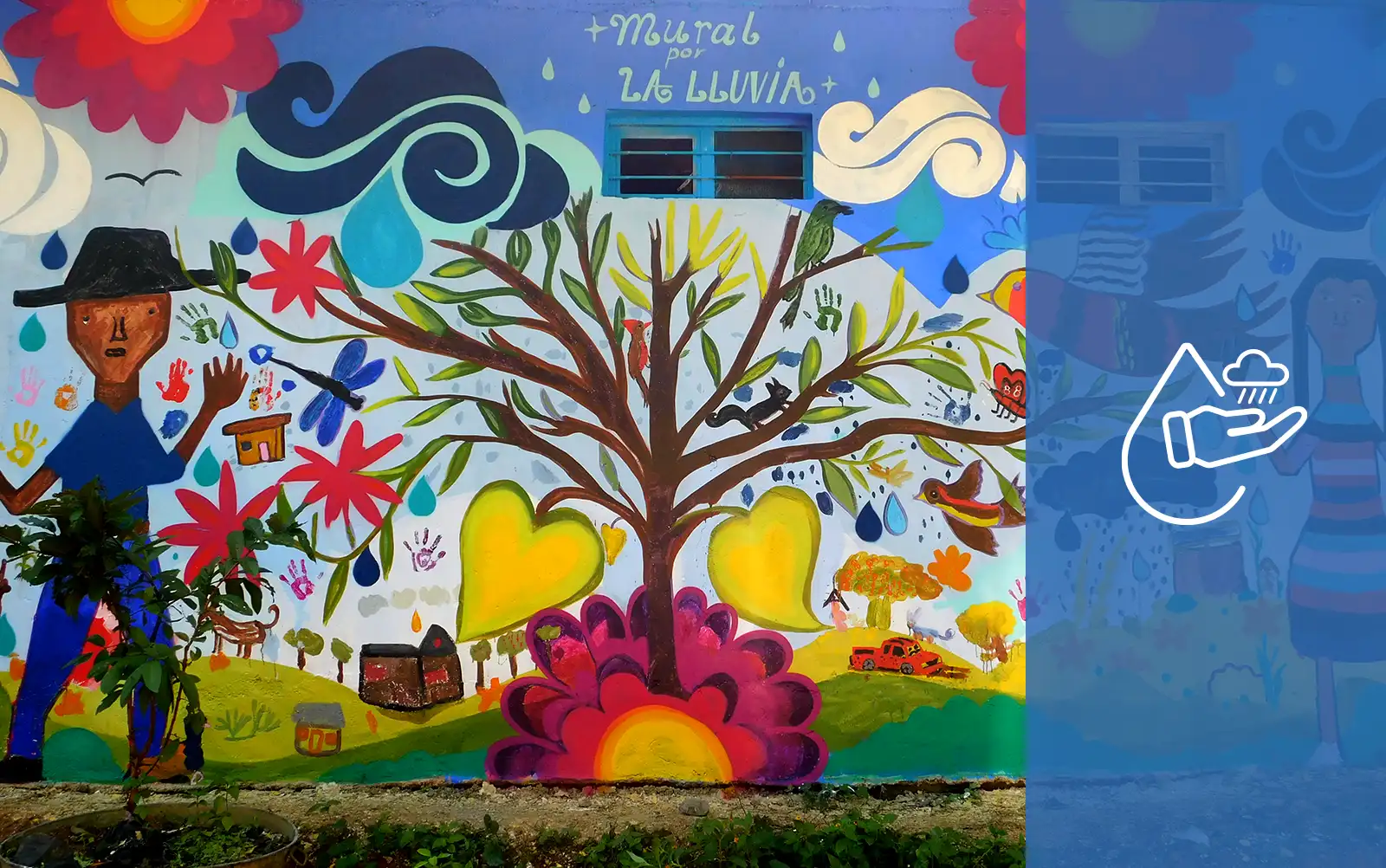
Running for Water or Running for Joy? How Movement and Meaning Shift Depending on Access
By: Mairene Rojas-Tineo
I have spent most of my life submerged in water. As a competitive swimmer, water was where I first felt comfortable. It was where I found my life’s pacing, my control, and my freedom. The swimming pool was where I first learned to push my body and mind’s limits. Every breath, stroke, and lap was a product of meticulous, rigorous, and sometimes painful, practice. Nonetheless, I loved it.
However, throughout the 15 years of swimming in chlorinated pools, I never once questioned the complexity behind keeping a facility of this kind afloat and functional. Not once did I think about my swimming as an immense privilege or as a product of unjust water distribution.
In the past, water had always been tied to pleasurable movement. Swimming, running, hiking, walking; all activities of exertion, or of release. I have always made time for them to ease any nerves stemming from daily life, move my body after hours of sitting at a desk, and chase endorphins. In my, some may say, ignorant mind, “going for a run” or “going for a stroll” was equivalent to self care, to connection with nature, to tranquility. These movements were elective, or even indulgent. But, for many, these actions, running, walking, and hiking, are not leisure, but instead, an act of tremendous labor. Thus, we live in an unfortunate world of contrasts, and distinct, life-influencing connotations.
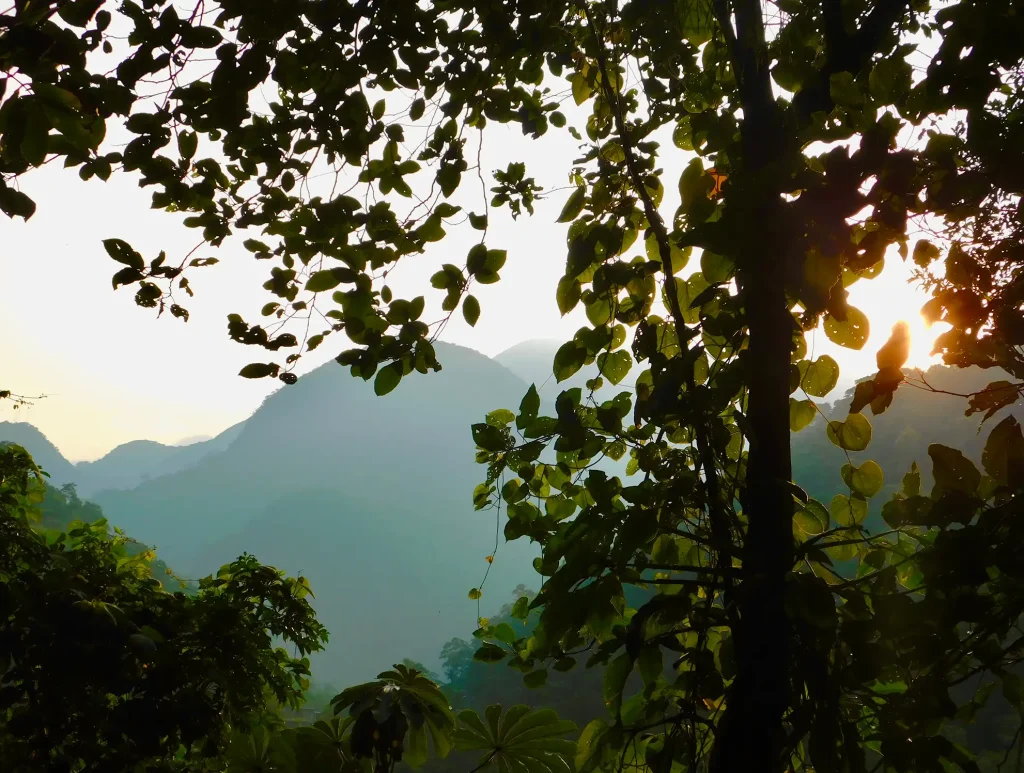
In modern wellness and outdoors culture, movement is marketed as freedom. We wear absurdly expensive tops and leggings, become members at top-tier gyms, and hike to remote waterfalls and post a photo on social media, sometimes under the guise of “disconnecting” from reality. Running, hiking, and walking are seen as some of the few ways to reconnect with our natural environment and our body; as if access to safe spaces and time to practice “wellness” in them were universally obtainable. These interpretations of outdoor movement reflect a particular kind of privilege, one of choice.
This privileged notion disregards that for many women across the world movement is not a chosen action, it is an act of subsistence or survival. One of these women is Rosalina Martinez Zamora, a woman from Teocuatlán, San José Tenango, in Oaxaca, Mexico. Rosalina is part of the Mazateca collective, Naxo Tjondi, and she received a rainwater harvesting system from Isla Urbana in 2024. Her story, like many others, invites us to define movement differently.
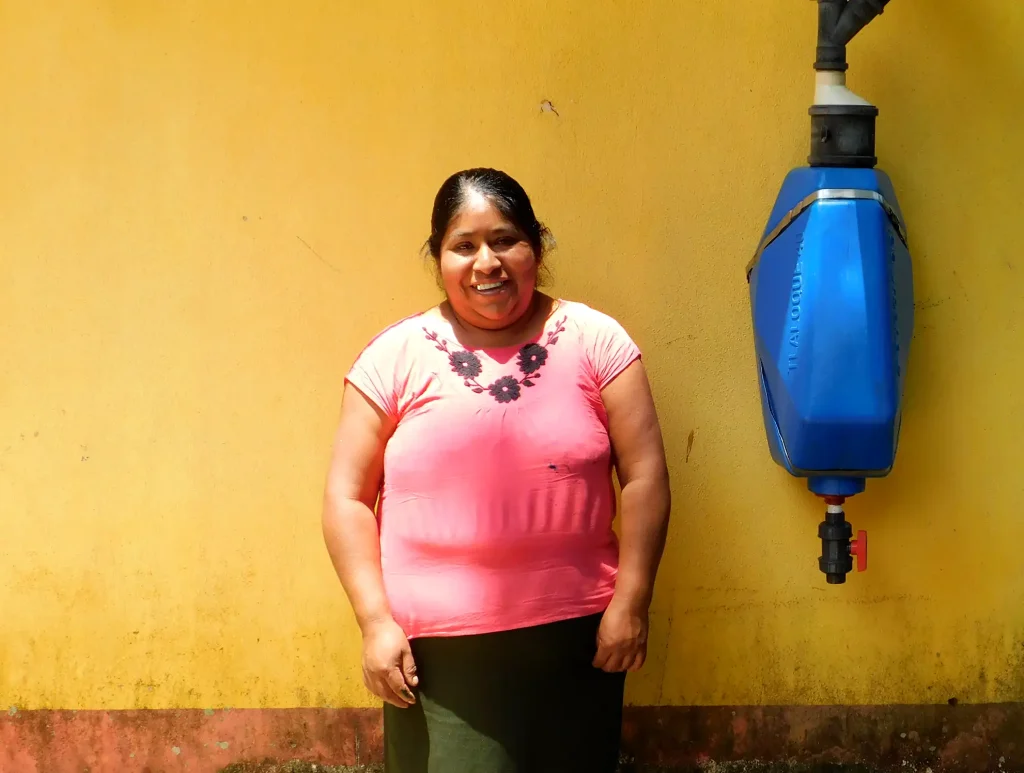
For years, Rosalina walked and climbed in the dark in order to retrieve water for her family. In an interview, Rosalina shared, “Before, when I did not have a cistern, I used to get up at 1 in the morning to go and fetch water. Because that was when there was water, it was necessary. I had to get up and carry a 20 liter jug. Even though it was unpleasant and unsafe where I would go to get water, I had to do it.”
In my life, I always ran towards something visceral, whether that be a better mood, a clearer mind, or a different vantage point. But, for Rosalina, running was a movement away from scarcity and towards survival.
The journey was long. The route to reach the water was complicated, dangerous, and rough. The emotional and physical cost was immense. Rosalina continued to share, “I would arrive back at home at 5 in the morning. Yes, at 5 in the morning, arriving again. The sun was rising when I left the place where there was water. I carried 20 liters of water. My son carried a 35 liter container. And that was the water for the day, 55 liters. It used to be 55 liters of water for 7 people. But, now that my mother has passed away, there are 6 of us.” Even after the daily battle to retrieve water, the 55 liters was only enough for cooking; it was not enough for bathing or washing dishes and clothes. Contrast this with the image of a sunrise runner, moving their body with a full bottle of water. It is the same motion, but for completely different reasons. She was not hiking to a mirador, she was hiking back exhausted, just in time to start the day’s tasks.
The differences between how people interpret walking, running, or hiking highlights the systemic inequality in our globe very clearly. Every person on this planet has varying ingrained behaviors, habits, and perceptions spending on their specific life context. Our analysis of movement is shaped by the aforementioned life context; where we live, our socioeconomic background, and our schedules, to name a few.

As someone who grew up with steady access to clean, reliable water, and immersed in sports, movement was always a choice. But for Rosalina, and many others, her movement was many times a result of scarcity. Her walking, hiking, and climbing was a requirement, not a choice. This is the overlooked reality behind the way many talk about reconnecting and moving our bodies. Unlike outdoors and wellness culture’s definition of self care, the act of walking is not always recharging, it is completely depleting. Their definition excludes the millions of women who exert their bodies to its maximum for hours on end. Sure, this does not happen in fancy climbing gyms, pilates studios, or on hiking trails, but, instead, is in search of necessary natural resources, including water.
Every early morning wakeup to begin the journey to collect water is lost time. Lost time from schooling, working, resting, and, importantly, enjoying. Rosalina is familiar with this reality. But, after the installation of her rainwater harvesting system, also has felt what it means to be free of it.
A year ago, Isla Urbana collaborated with Naxo Tjondi to install a rainwater harvesting system in Rosalina’s home, permanently changing her relationship with movement and water, physically and emotionally. Rosalina voiced, with immense emotions, “It has helped me a lot. I no longer have to go and fetch water. I feel so much more relaxed now.”

The abundance, or mere presence, of water also turned into increased time to rest, create, and fulfill everything Rosalina previously could not. As a skilled artisan, she always enjoyed embroidering and knitting, alongside many other women from Naxo Tjondi. Before her cistern was installed, she barely had the energy to focus on what brought her so much joy and tranquility: creating. Rosalina turned to me and said, “Now my hours of going to find water at one in the morning are over, and I can rest a little. At dawn, I start my embroidery and knitting work. Those hours I used to spend looking for water, I can now do other things. When I used to arrive at home, I was already tired. I did not feel like doing anything.” Now, with the cistern, Rosalina wakes up and has more of a choice over how to start her day. Rather than hauling a 20 liter hug, she can embroider and knit.
“Thanks to you, thanks to Naxo Tojndi, and to Renata too, and to God, I have the cistern, and I don’t have to worry about anything when there’s water. And if someone asks me for water, I give it to them because I know what it feels like not to have water, and honestly, when someone goes with their jug to fetch water, I say, “poor thing,” because I know how it feels… I start my embroidery, I make my tortillas. Without worrying about anything. I have water now. I don’t lack anything. Thank God, I have everything I need,” Rosalina continued.
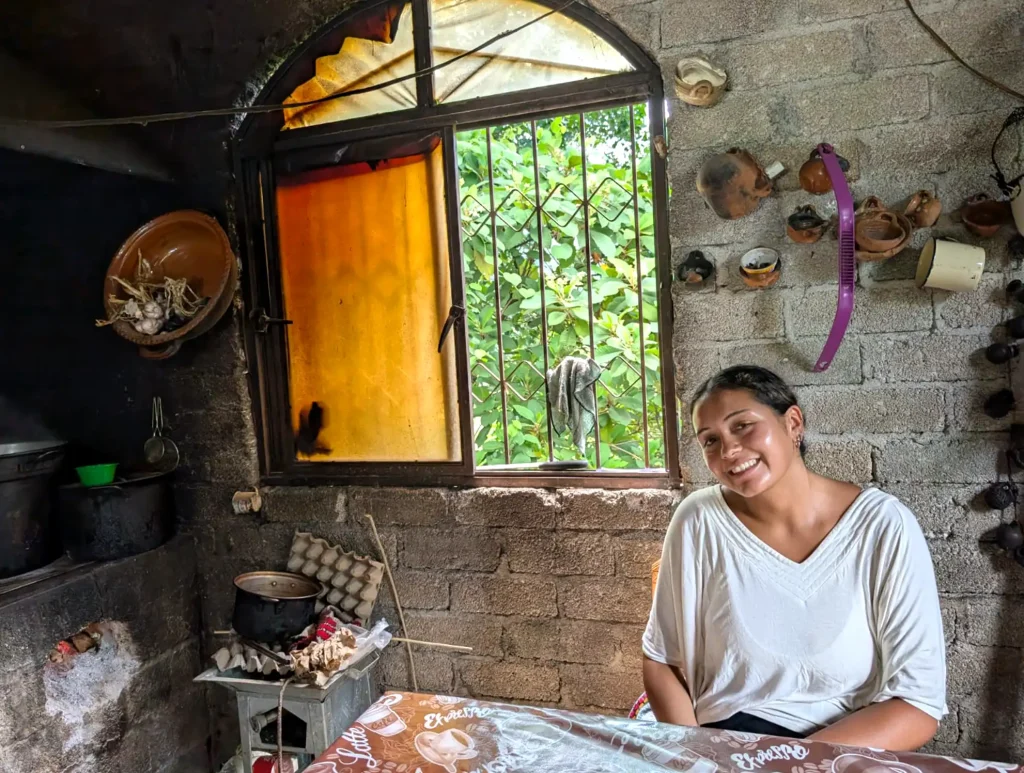
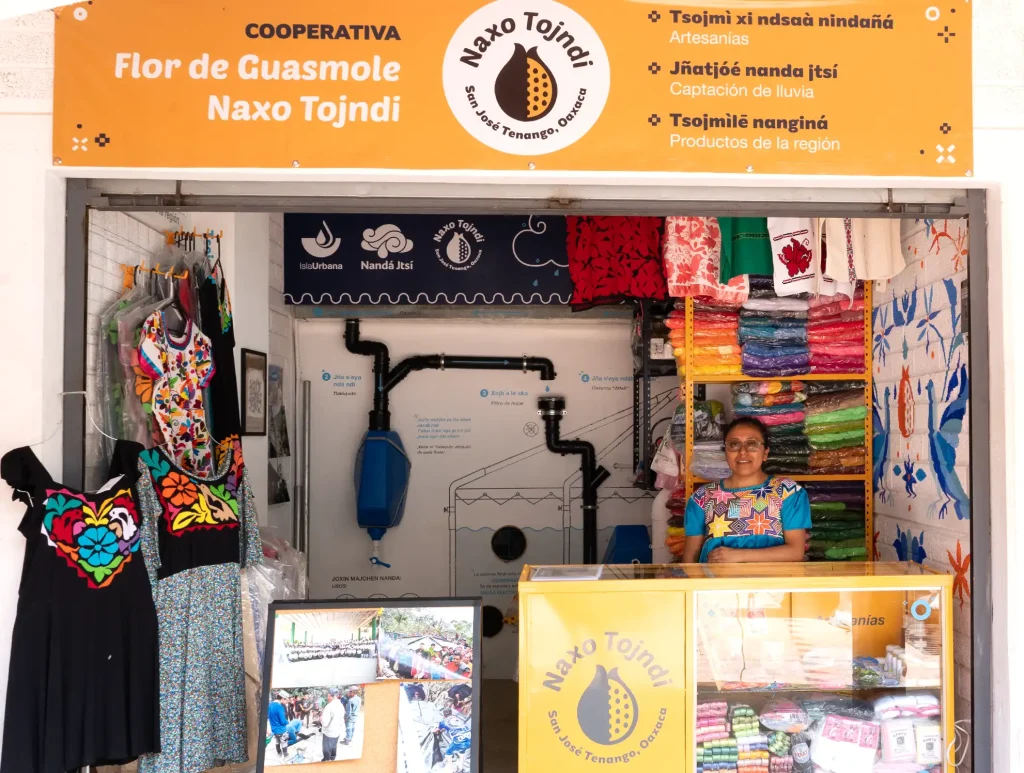
Alongside embroidery and knitting, Rosalina has also had the time to sell atole, a traditional corn-based creamy drink, and tamales in her community. She commented that with products like atole and tamales, she is able to trade with fellow community members. Her new time capacity to be able to enjoy new habits has expanded Rosalina’s individual freedom. She perfectly described it by saying, “Whatever comes to mind, I make it every day. I like my job, and thanks to having water, I have grown to love it.” Moreover, the cistern supplied Rosalina and her family with both the biological necessity of water, and newfound joys and practices.
Rosalina’s story is deeply human and should provoke an emotive reaction in readers. It is a manifestation of how quickly the definition of movement can change, especially once basic biological needs are met. Rosalina, who once fought to carry 20 liters of water every morning, now has more autonomy over her daily routine and creative processes. When I met Rosalina, she was chatting with her friends from Naxo Tjondi, painting a mural, and walking. Now, rather than walking for water and survival, she walks for her community and for herself.
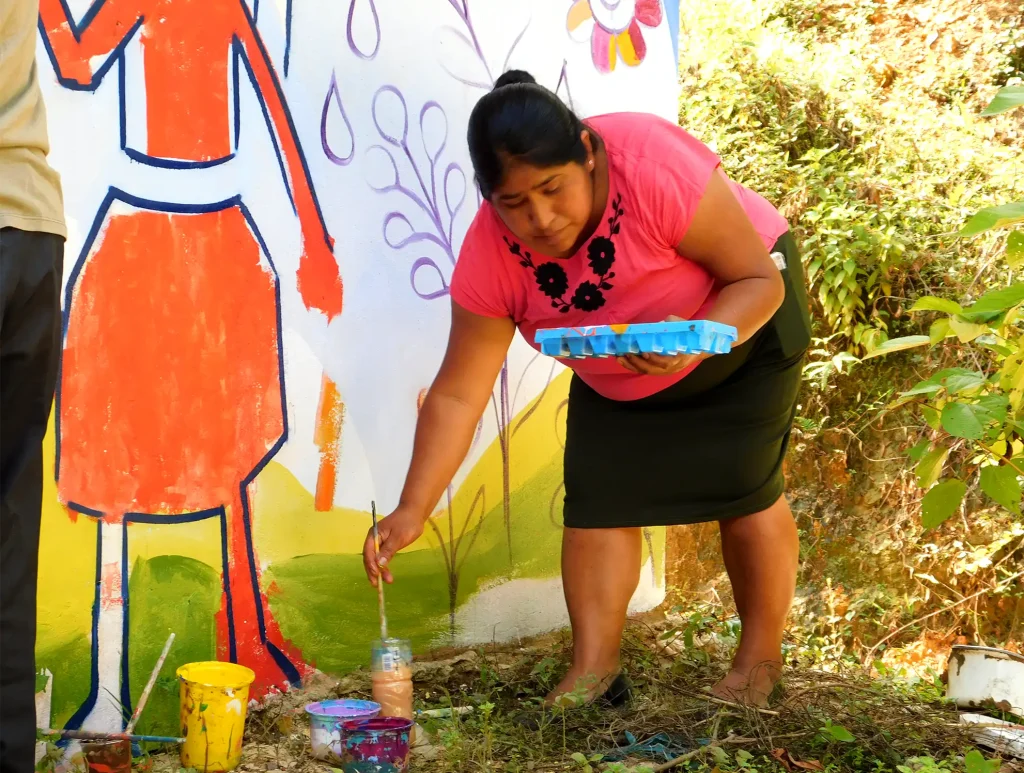
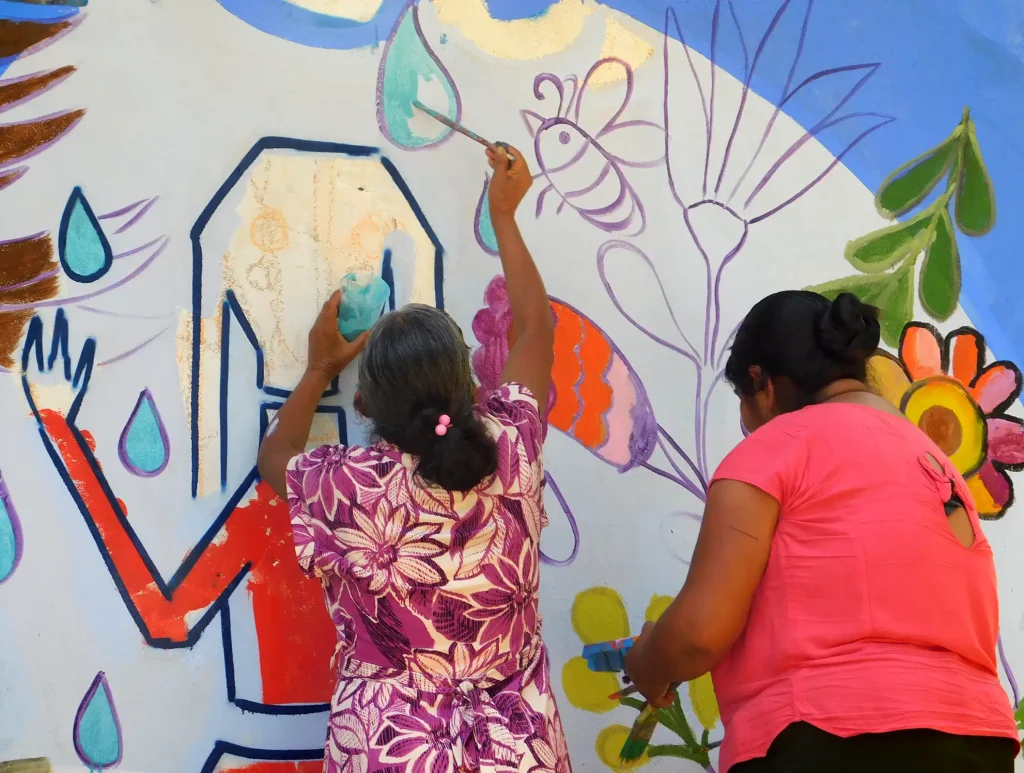
So, as a society, what if we reimagined running, walking, and hiking? What if they became social indicators, rather than mere physical behaviors? What if the liberty to move our bodies in a joyful manner, rather than out of survival, became a way our society measures equity?
Now, when I swim, run, or even walk, I think of Rosalina. I think of the many who walk miles everyday just to grab enough water to survive. I think of the transformative power of one cistern.

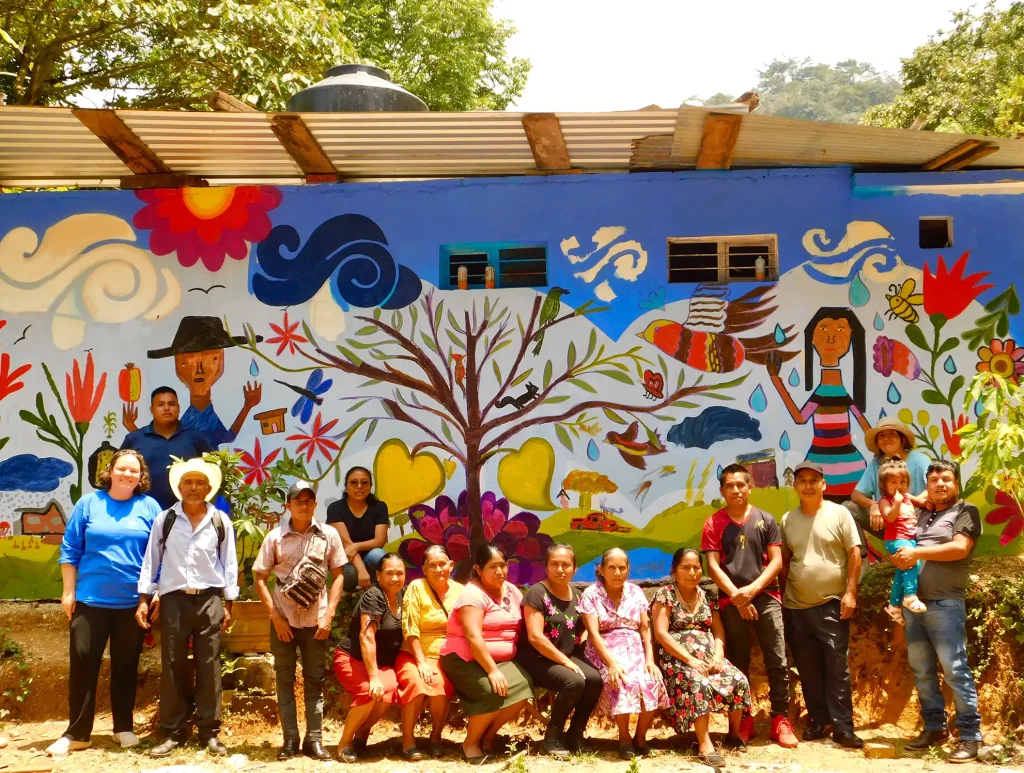
When Rosalina was asked about how to support the communities across Mexico that faced similar struggles to hers, she was direct in her response. She said, “Keep helping us. Thank you very much. I mean, keep helping them. Because, as I said, I already have experience with water scarcity. There are many people who now need it more. There are many people who need that help.”
So, if you have ever felt the joy of movement, whether that be the wind on your face during a run or the comforting coldness during a swim, consider what it might mean to move for survival, not for recreation. Consider what it means to view the joy of movement as a right that could be given to all.
To support women like Rosalina, visit Isla Urbana. Your support can help transform steps of survival into steps of pleasure.
